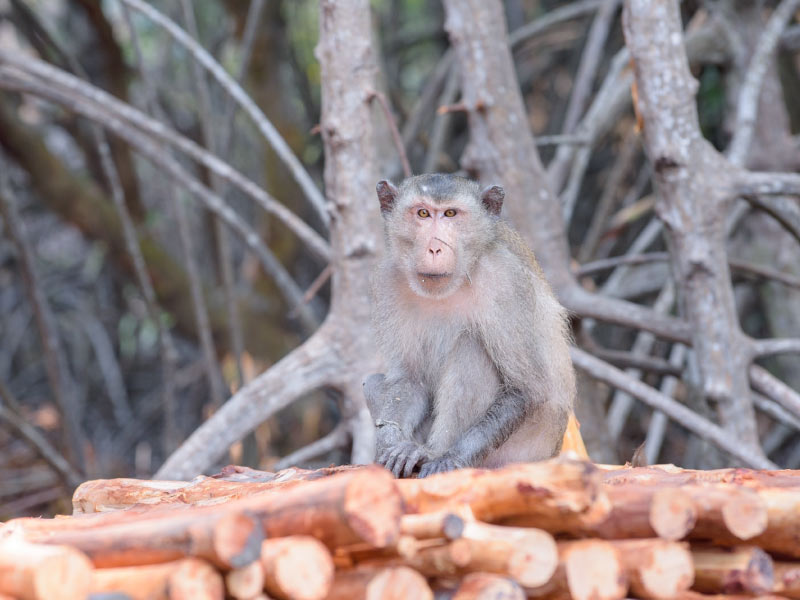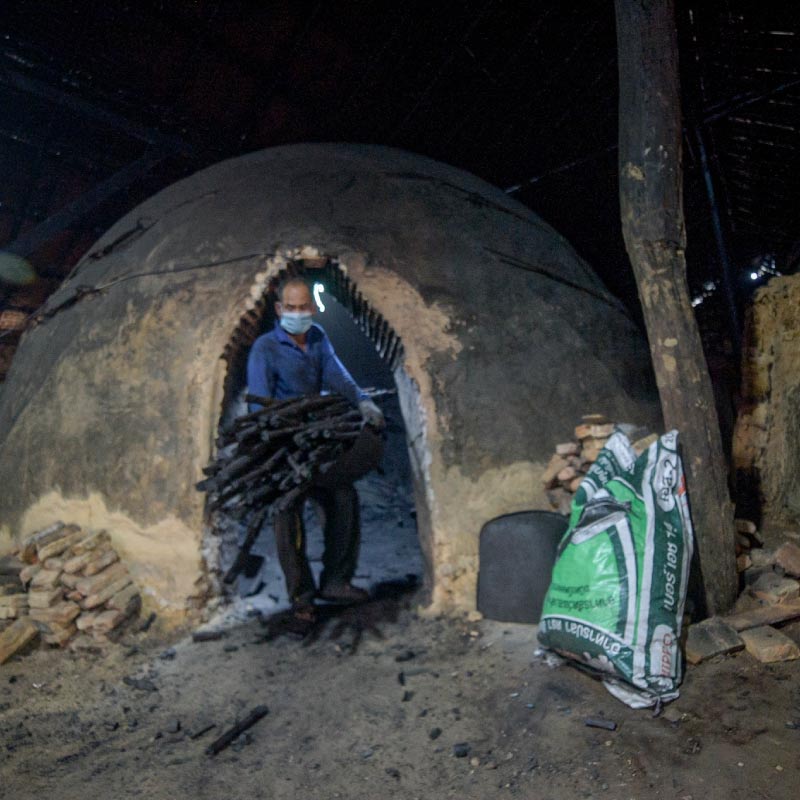Our charcoal plant is named Malai Charcoal Plant because the owner of the plant is named Khun Malai. Khun Malai inherited the business from his father many decades ago, who worked in a small coal factory. After Khun Malai took over, he gradually expanded the business, leading to its success today.
Our history is not complicated, as Yi San Subdistrict is a mangrove plantation area in Samut Songkhram Province, where charcoal burning has been a traditional occupation of local people for a long time. Mangrove charcoal produced here is a famous product of Samut Songkhram. The main source of production is Ban Khao YI San, which is in Yi San Sub-district, Amphawa District.
Ban Khao Yi San is different from other areas in Samut Songkhram because it is a mangrove forest, a saltwater area where no other plants can be cultivated except mangrove plants. The people here rely on the occupation of baking charcoal, which is affectionately called “charcoal burning” by the locals.

















